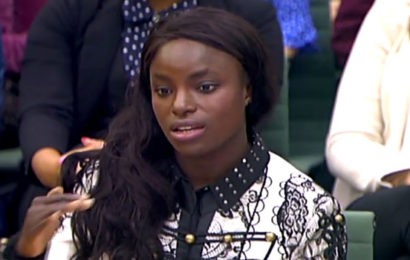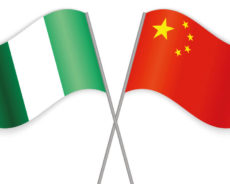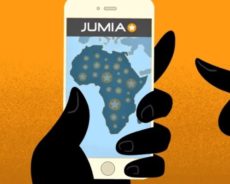
Ericsson has released a ConsumerLab report, 5G Consumer Potential, which it claims busts a number of industry myths surrounding the value of 5G for consumers. These include the idea that 5G offers consumers no short-term benefits; that there are no real use cases for 5G, nor is there a price premium on 5G; that smartphones will be the ‘silver bullet’ for 5G: the magical single solution to delivering fifth-generation services; and that current usage patterns can be used to predict future 5G demand.
This study is based on 35,000 interviews with smartphone users aged 15 to 69, carried out in 22 countries. To gain a perspective on industry sentiment regarding the consumer value of 5G, a further 22 interviews were conducted with experts, including academics and senior executives working for telecom operators, handset and chip manufacturers, start-ups and think tanks.
The key findings of the study include the fact that consumers expect 5G to provide relief from urban network congestion in the near term, especially in so-called megacities, where six in 10 smartphone users report facing network issues in crowded areas. The respondents also anticipate more home broadband choices to be available with the launch of 5G.
The report also found that smartphone users are willing to pay 20 per cent more for fifth-generation services, and half of early adopters as much as 32 per cent more. However, four in 10 of these high spenders expect new use cases and payment models, as well as a secure 5G network, in addition to consistently high internet speeds.
Another key finding is that current 4G usage patterns are not indicative of future usage behaviours. Video consumption is set to rise with 5G. Consumers expect to not only stream video in higher resolutions but also use immersive video formats such as augmented reality (AR) and virtual reality (VR), resulting in an additional three hours of video content being watched weekly on mobile devices by users on the move in the 5G future, including one hour wearing AR glasses or VR headsets. The study also reveals that one in five smartphone users’ data usage could reach more than 200GB per month on a 5G device by 2025.
From these insights and others, Ericsson ConsumerLab has drawn up a consumer roadmap of use cases involving 31 different applications and services. The roadmap is divided into six use-case categories: entertainment and media; enhanced mobile broadband; gaming and AR/VR applications; smart home and fixed wireless access; automotive and transportation; and shopping and immersive communications.
Jasmeet Singh Sethi, head of ConsumerLab, Ericsson Research, said: “Through our research, we have busted four myths about consumers’ views on 5G and answered questions such as whether 5G features will require new types of devices, or whether smartphones will be the silver bullet for 5G. Consumers clearly state that they think smartphones are unlikely to be the sole solution for 5G.”








